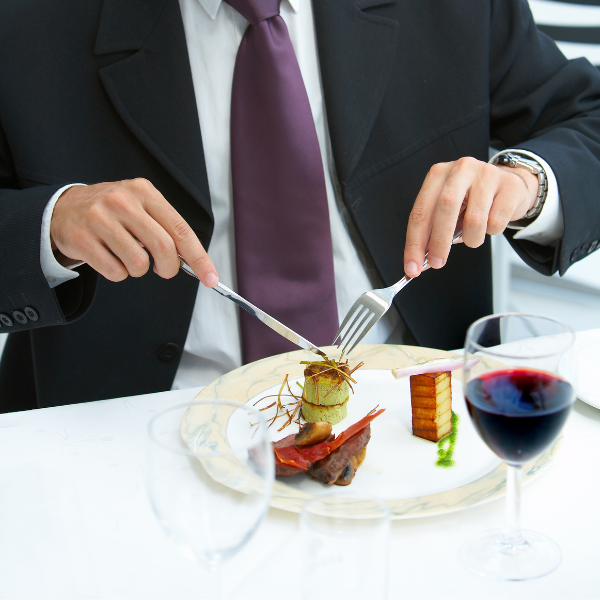
Understanding Edible Gold
What Is Edible Gold?
Edible gold refers to gold that has been processed into thin sheets, flakes, or dust, making it safe for consumption. Typically, it is composed of 22 to 24 karats pure gold, ensuring it is free from harmful impurities. Due to its inert nature, gold doesn't react within the human body, passing through without being absorbed.
Historical Significance
The use of edible gold dates back thousands of years. Ancient Egyptians consumed gold for its supposed spiritual purification properties. During the Middle Ages in Europe, gold was used to decorate dishes served to nobility, symbolizing wealth and prestige.
Culinary Applications of Edible Gold
Forms of Edible Gold
-
Gold Leaf Sheets: Extremely thin sheets used to cover larger surfaces like cakes or pastries. They come in two types:
Loose Leaf: Ideal for smaller decorations; delicate and requires careful handling.
Transfer Leaf: Attached to a backing sheet, making it easier to apply to larger surfaces .
Gold Flakes: Small fragments perfect for sprinkling over dishes or beverages for a subtle shimmer.
Gold Dust/Powder: Finely ground gold used for intricate detailing or mixing into liquids for a golden hue.
Popular Uses in Cuisine
Desserts : Commonly used to adorn chocolates, pastries, and cakes, adding a luxurious touch. For instance, gold leaf is often applied to wedding cakes for an opulent appearance .
Beverages : Bartenders incorporate gold flakes into cocktails or champagne to enhance visual appeal. A notable example is the inclusion of gold flakes in premium liquors .
Savory Dishes : High-end restaurants may use gold leaf to garnish dishes like sushi, steaks, or gourmet burgers, elevating the dining experience .
Health and Safety Considerations
Safety: Pure edible gold (22-24 karats) is biologically inert, meaning it doesn't react within the body and is safe for consumption .
Nutritional Value: Edible gold offers no nutritional benefits; its use is purely decorative .
Allergies: While rare, individuals with metal allergies should exercise caution.
Practical Tips for Using Edible Gold
Handling : Avoid touching gold leaf with bare hands, as it can stick. Use tools like tweezers or brushes for application .
Application Surface : Ensure the surface is slightly adhesive (e.g., a thin layer of frosting or glaze) to help the gold adhere properly.
Storage : Keep edible gold in a cool, dry place, away from direct sunlight, to maintain its quality.
Quantity : A little goes a long way. Use sparingly to achieve the desired decorative effect without overpowering the dish.
Innovative Culinary Ideas with Edible Gold
Golden Cappuccino : Sprinkle gold dust atop the froth of a cappuccino for a lavish twist.
Gilded Sushi Rolls : Wrap sushi rolls partially in gold leaf for an extravagant presentation.
Opulent Chocolates : Dip truffles in gold dust to create luxurious confectioneries.
Festive Cocktails : Mix gold flakes into cocktails for celebratory occasions, adding sparkle to each sip.
Edible gold remains a symbol of luxury in the culinary arts, transforming ordinary dishes into extraordinary experiences. While it doesn't contribute to flavor or nutrition, its visual impact is unparalleled. By understanding its forms, applications, and handling techniques, chefs and home cooks alike can incorporate edible gold into their creations, offering diners a taste of elegance and sophistication.








